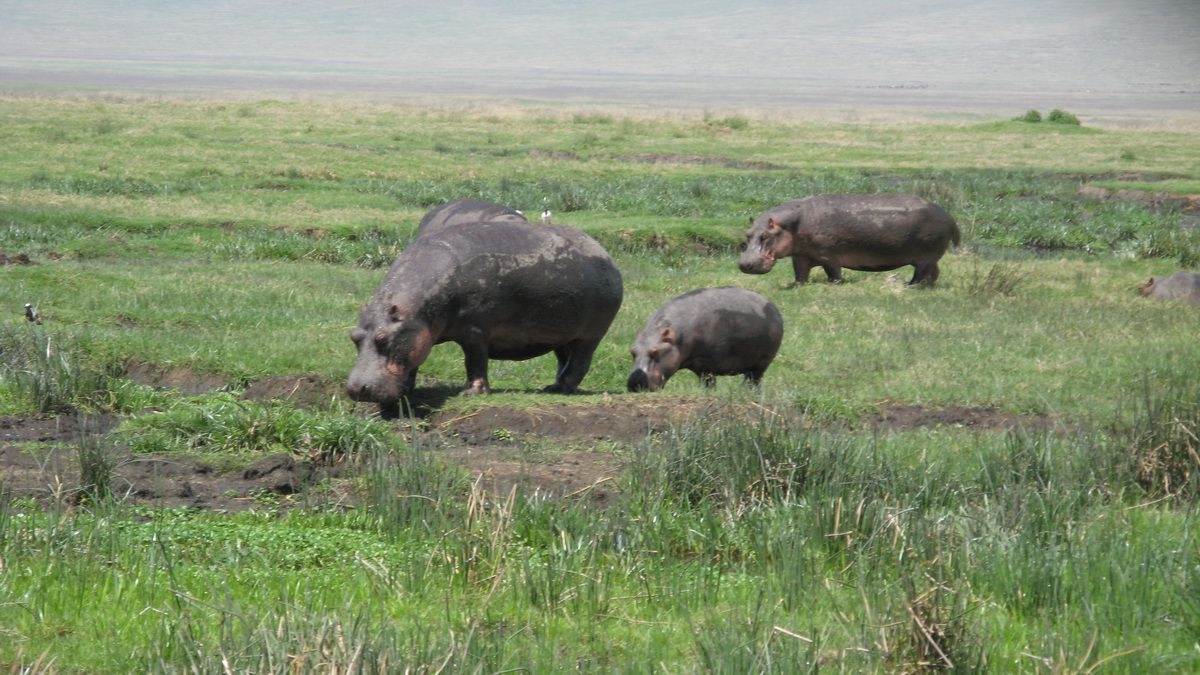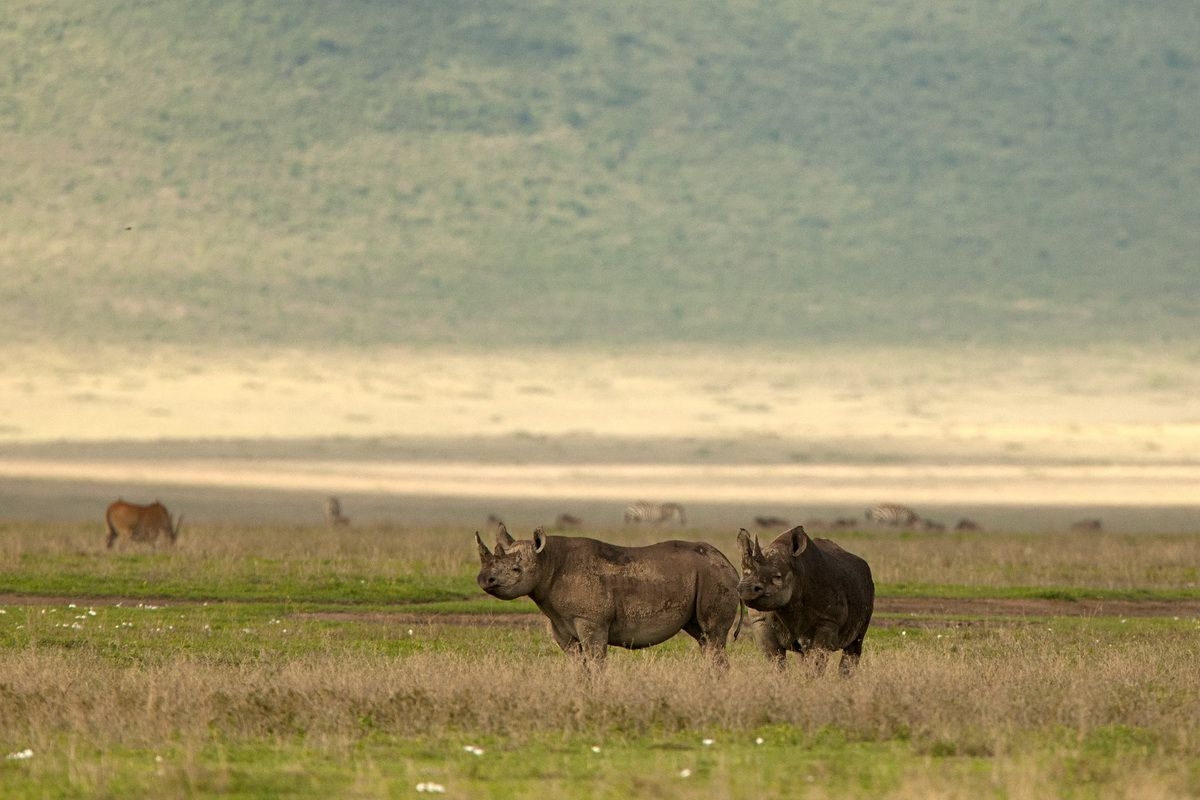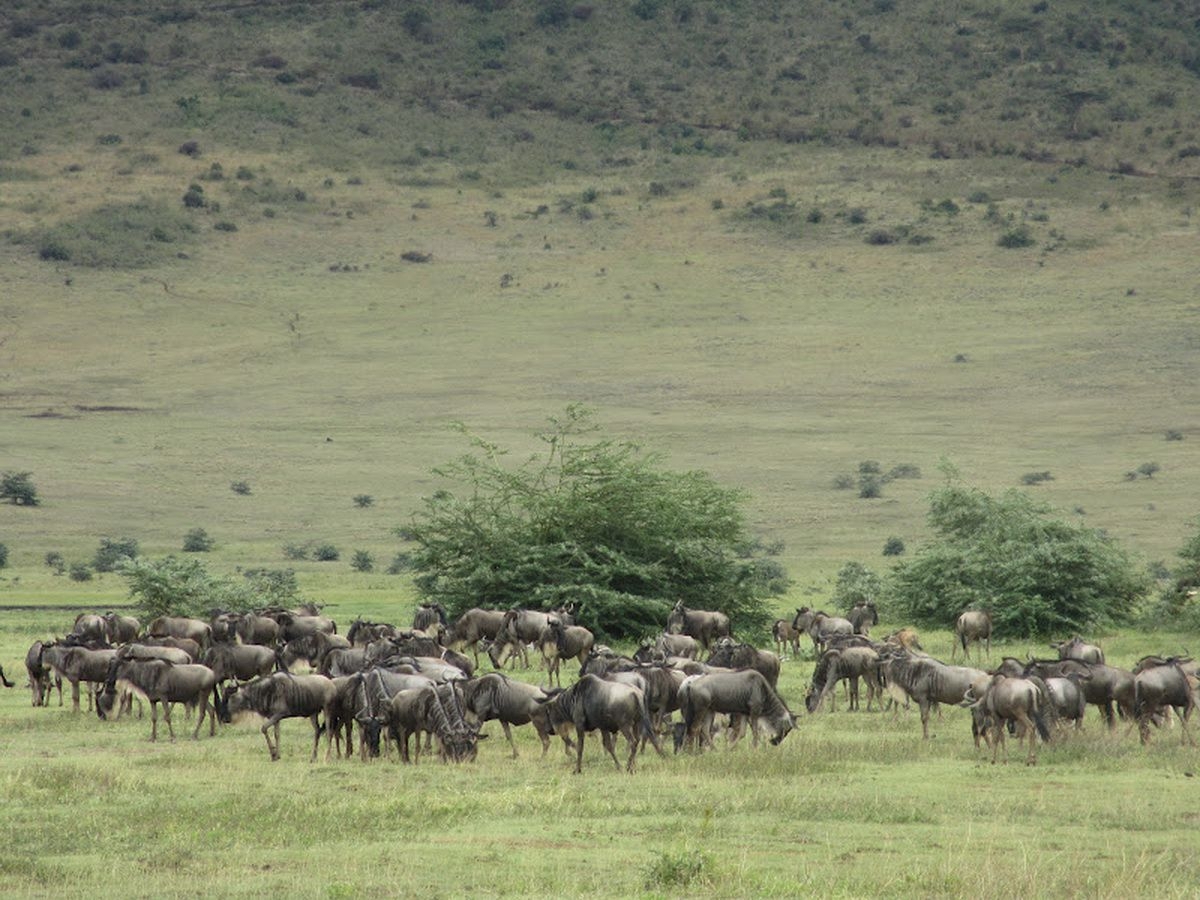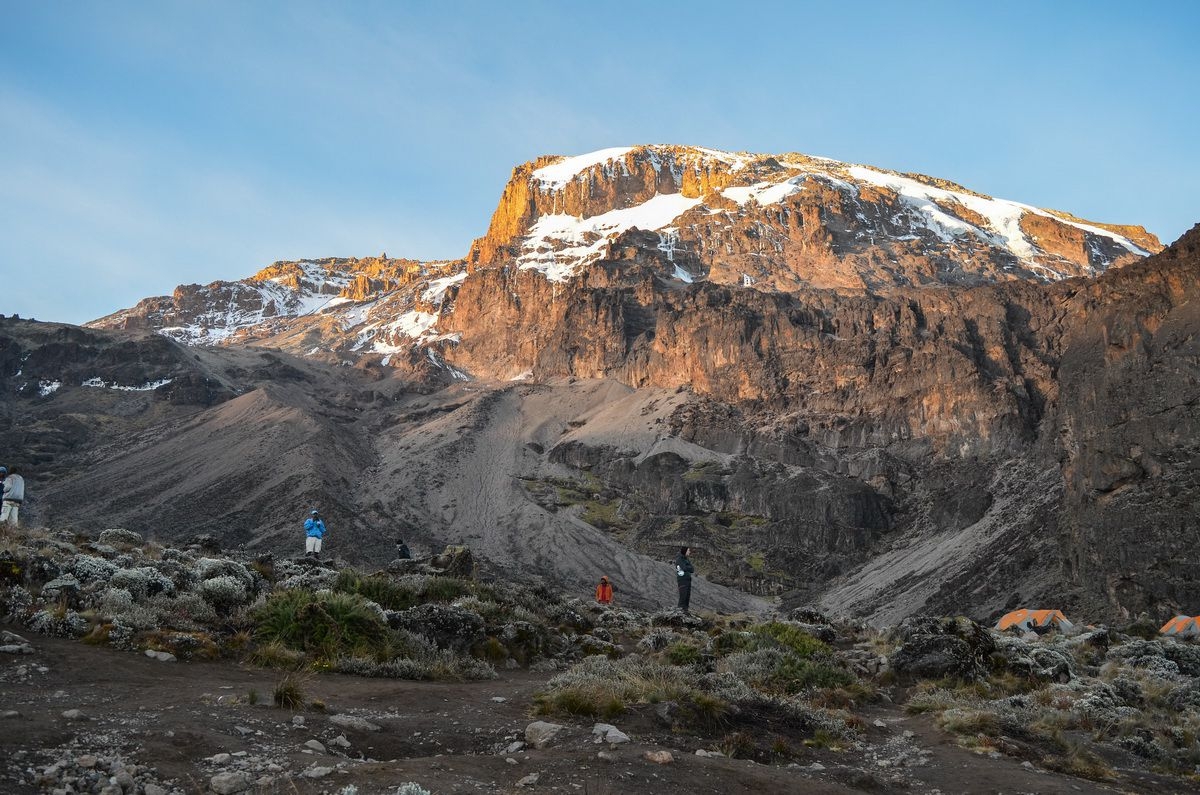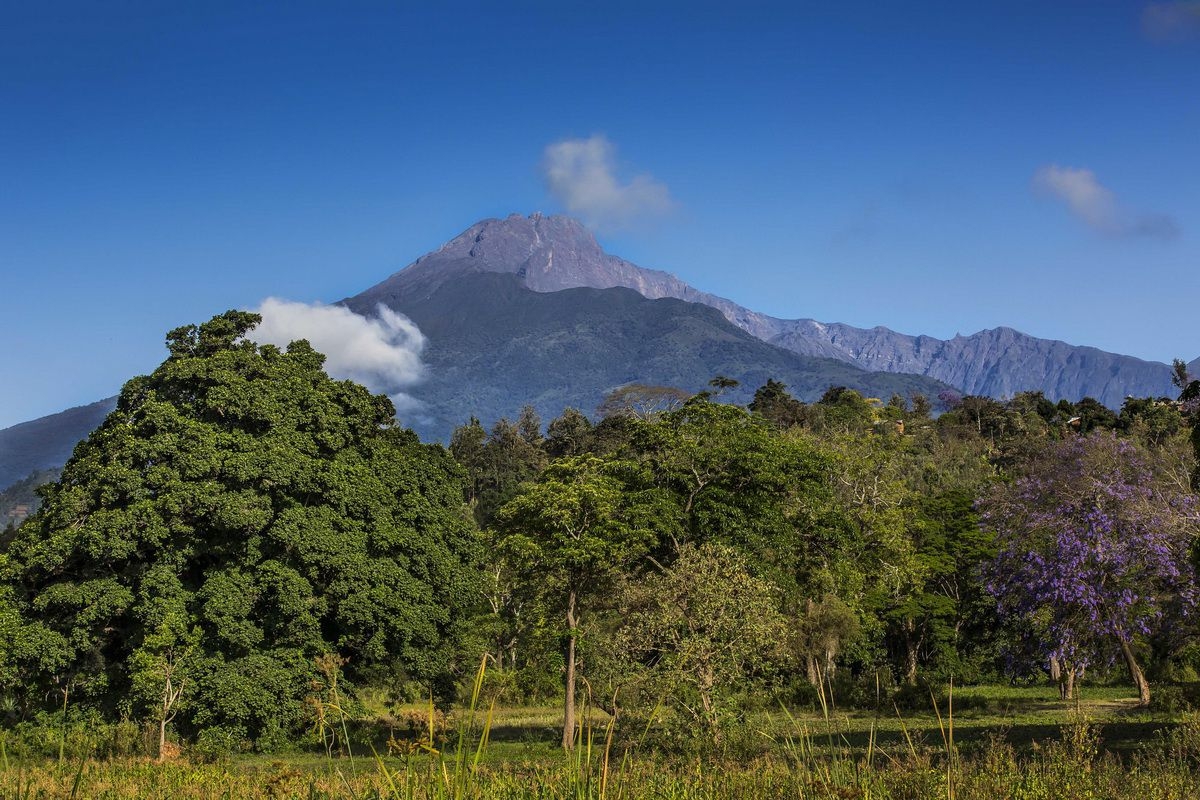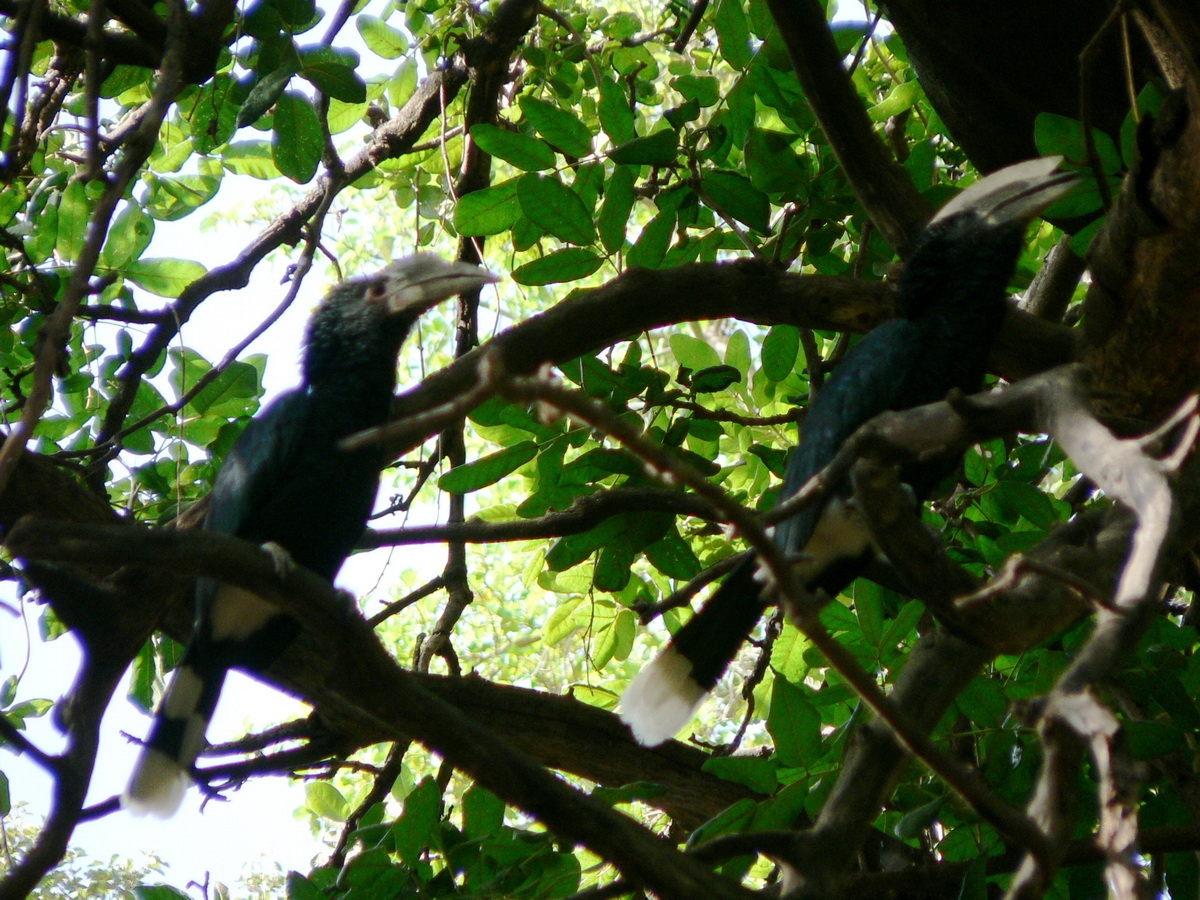The Ngorongoro Crater is a large volcanic caldera which plays host to an advanced ecosystem perfect for the inhabiting and preservation of a wide variety of animals, from the aptly named king of the jungle, the lion, to the ever so rarer horned beast, the rhino.
The Crater itself has a…
Park summary
-
Protected Area Type
Conservation Area
-
Size
610 metres (2,000 feet) deep and its floor covers 260 square kilometres (100 square miles).
-
When to Go
Best Time June to September (General wildlife viewing is best) High Season Most of the year – July to March (The Ngorongoro Crater will have crowds of visitors) Low Season April and May (The only time when the crater has few crowds)
-
Distances
67 km from Arusha to Ngorongoro and can take up to 3hrs drive
Descriptions
The Ngorongoro Crater is a large volcanic caldera which plays host to an advanced ecosystem perfect for the inhabiting and preservation of a wide variety of animals, from the aptly named king of the jungle, the lion, to the ever so rarer horned beast, the rhino.
The Crater itself has a land area size of around 8,288 Kilometres squared, and was originally established as a National Park in 1959. In 1979, the park received the honouring title of a World Heritage Site, to ensure that the unique and specialness of the Ngorongoro remains protected and preserved.
The Ngorongoro Crater really is an amazing place to visit and to witness its vast landscape from heights that stretch so wide that your eyes can barely take it all in. The bottom of the crater, or the crater floor as it is sometimes referred to is actually the remains of a collapsed volcanic caldera, which occurred between 2 and 3 million years ago. The walls surrounding the crater floor are around 2,000 feet high, and serve as the perfect way to preserve the wildlife inside.
Some of the wildlife you can expect to see at the Ngorongoro Crater can include the 'big five', consisting of rhino, elephant, buffalo, lion and leopard. It is also a great place to see opportunity hunting by the likes of hyenas, as they hang around the large watering hole, planning an attack on an unsuspecting flamingo. The crater also serves as a great location for bird spotters, with many different types inhabiting the park, namely the kori bustard and the black kite, which exist in larger populations here as compared to other parks within the North of Tanzania.
Not only is it the wildlife and scenery which attracts many tourists to the crater each year, there is also a strong interest of the fossils that have been found in Olduvai Gorge, which remains to be one of the most vital prehistoric landmarks on this earth today, with archaeologists estimating some fossilised remains of hominid species being over 3 million years old.
If you are planning a Tanzania safari of the Northern circuit, then this park is a must-add to your itinerary! I would even go as far as to say that I'd happily choose a visit to the Ngorongoro Crater over the most famous park in the world, the Serengeti, any day.
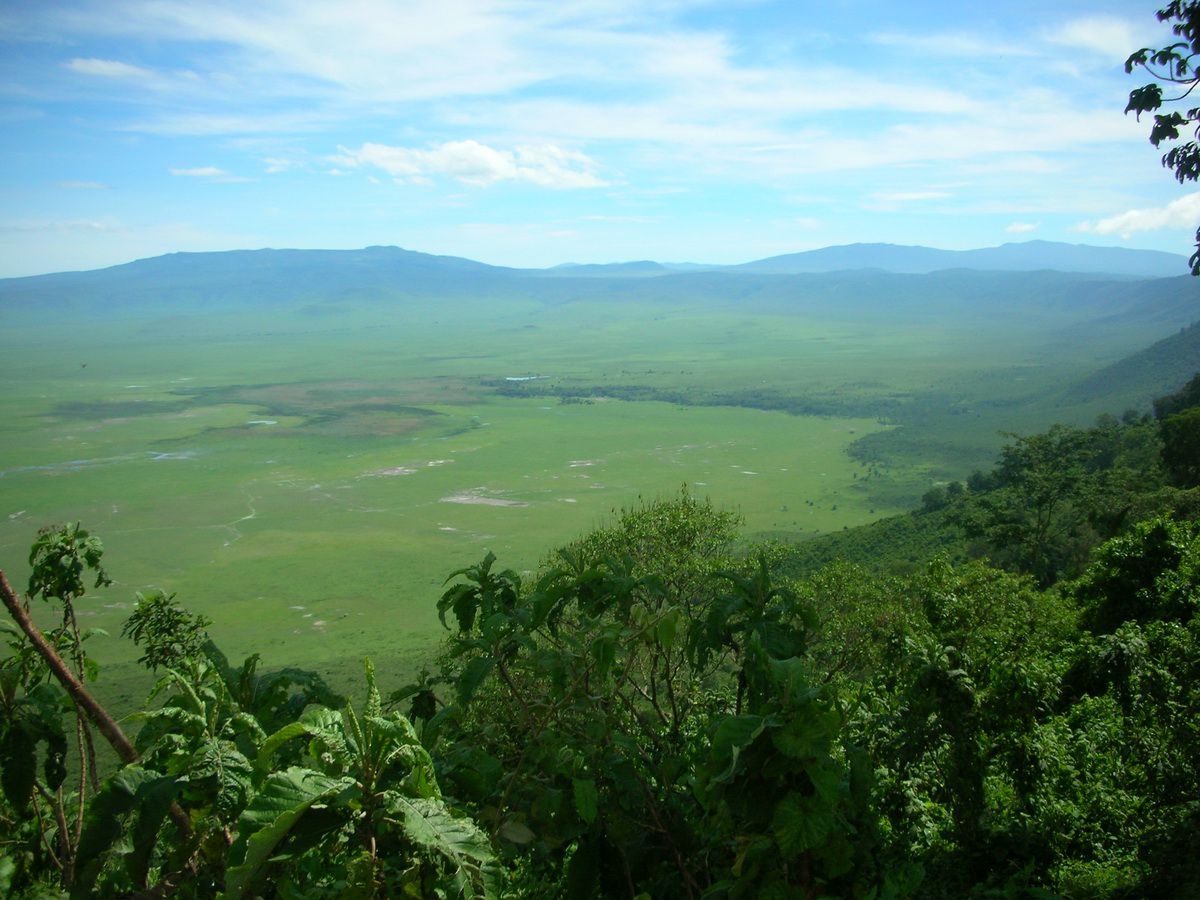
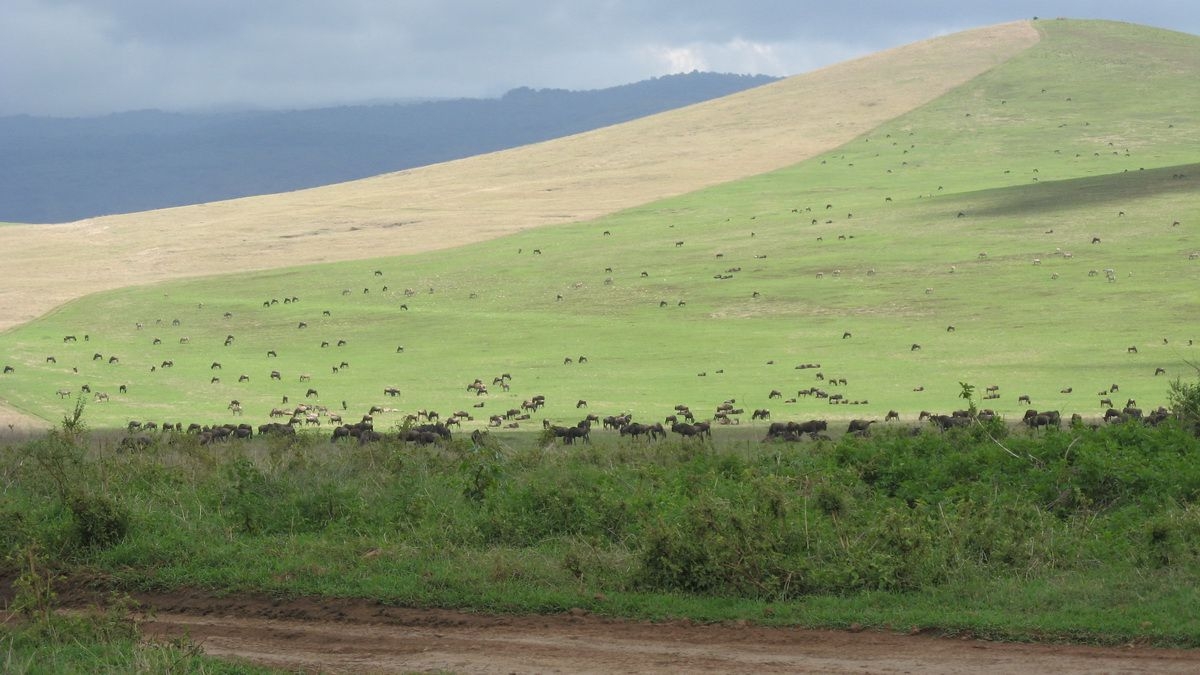
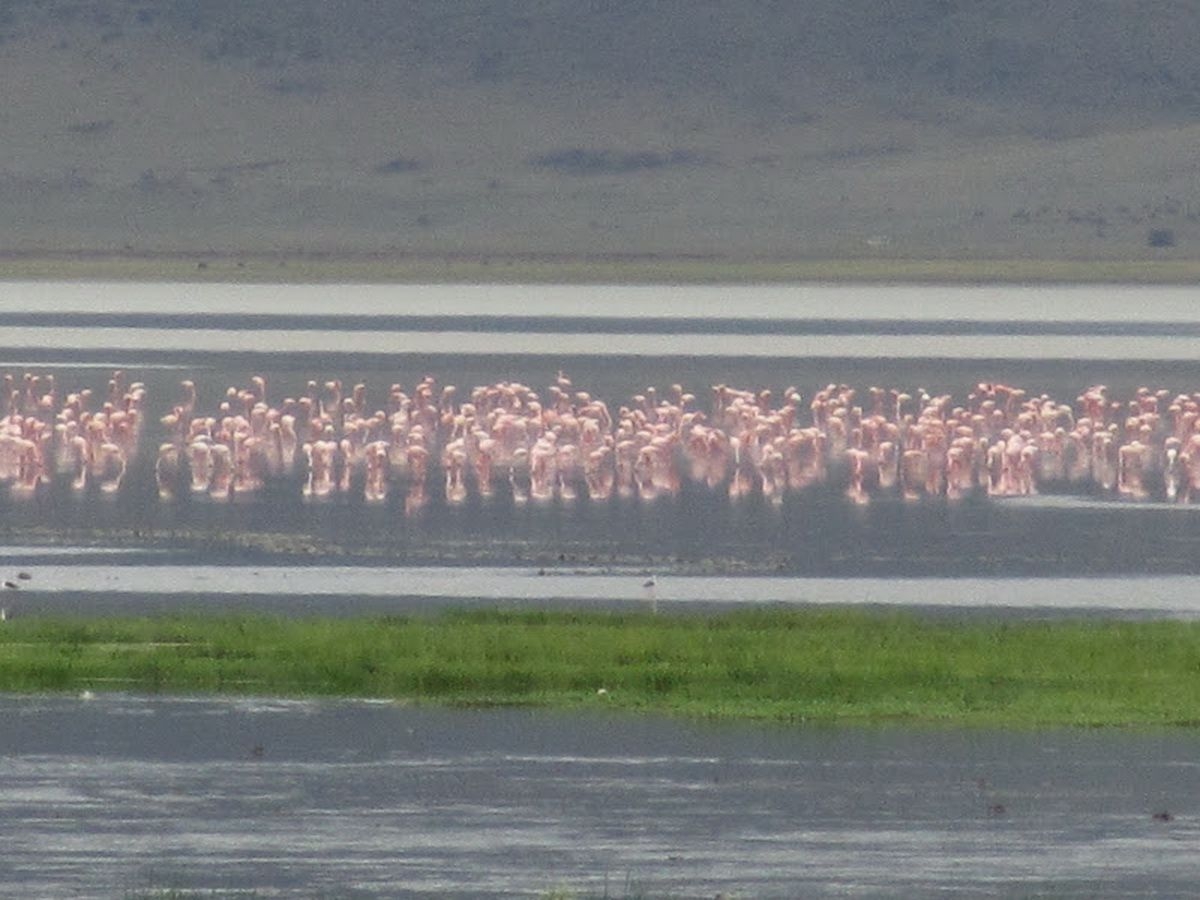
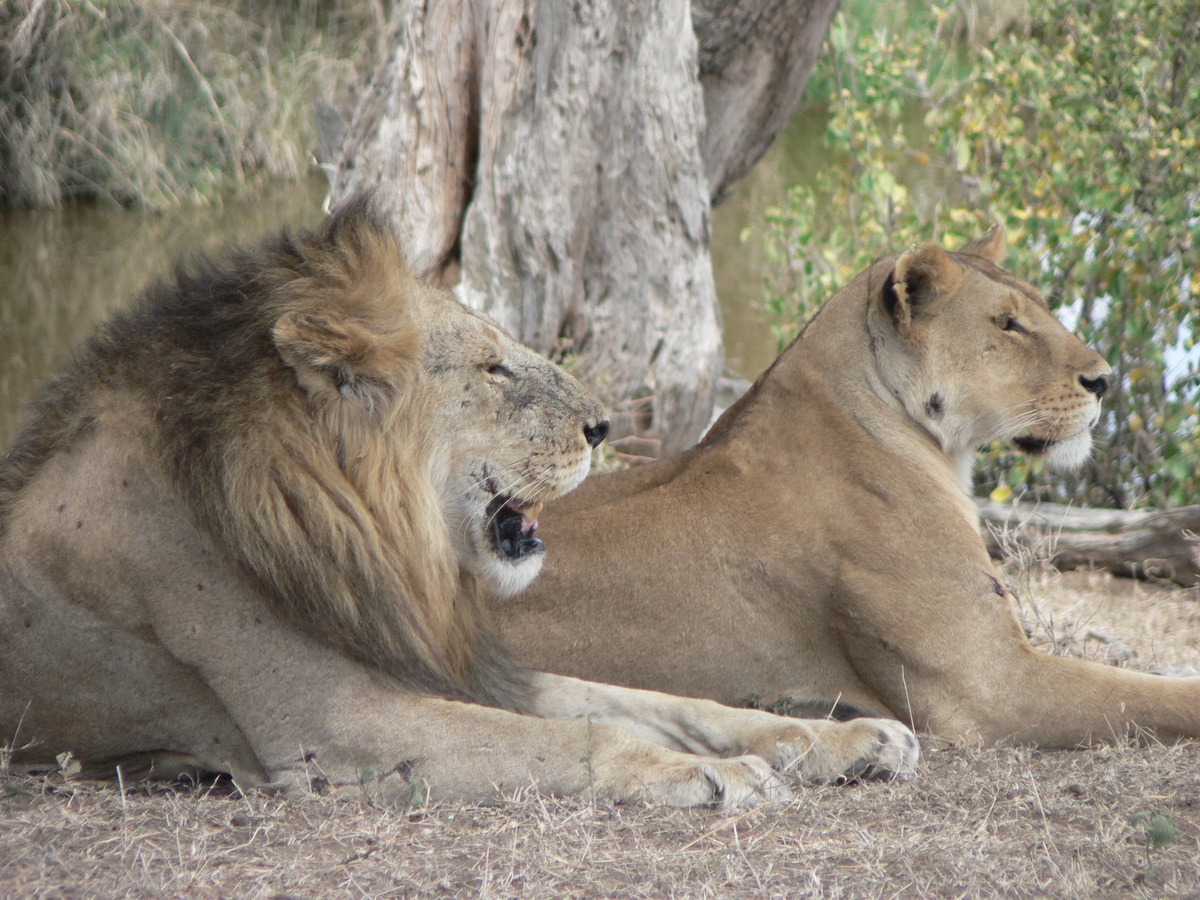
_1200_900.jpg)
